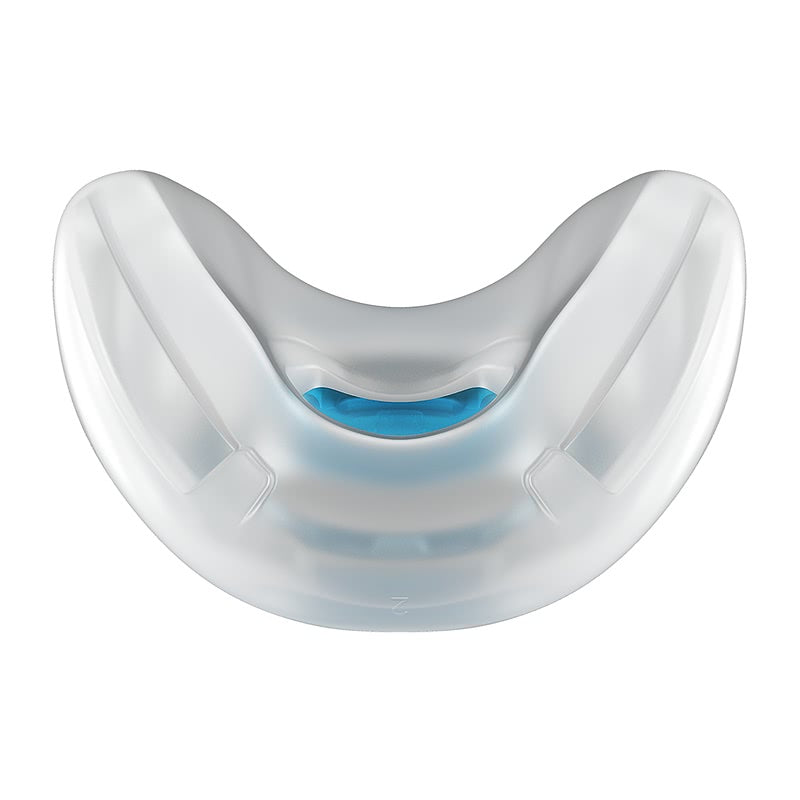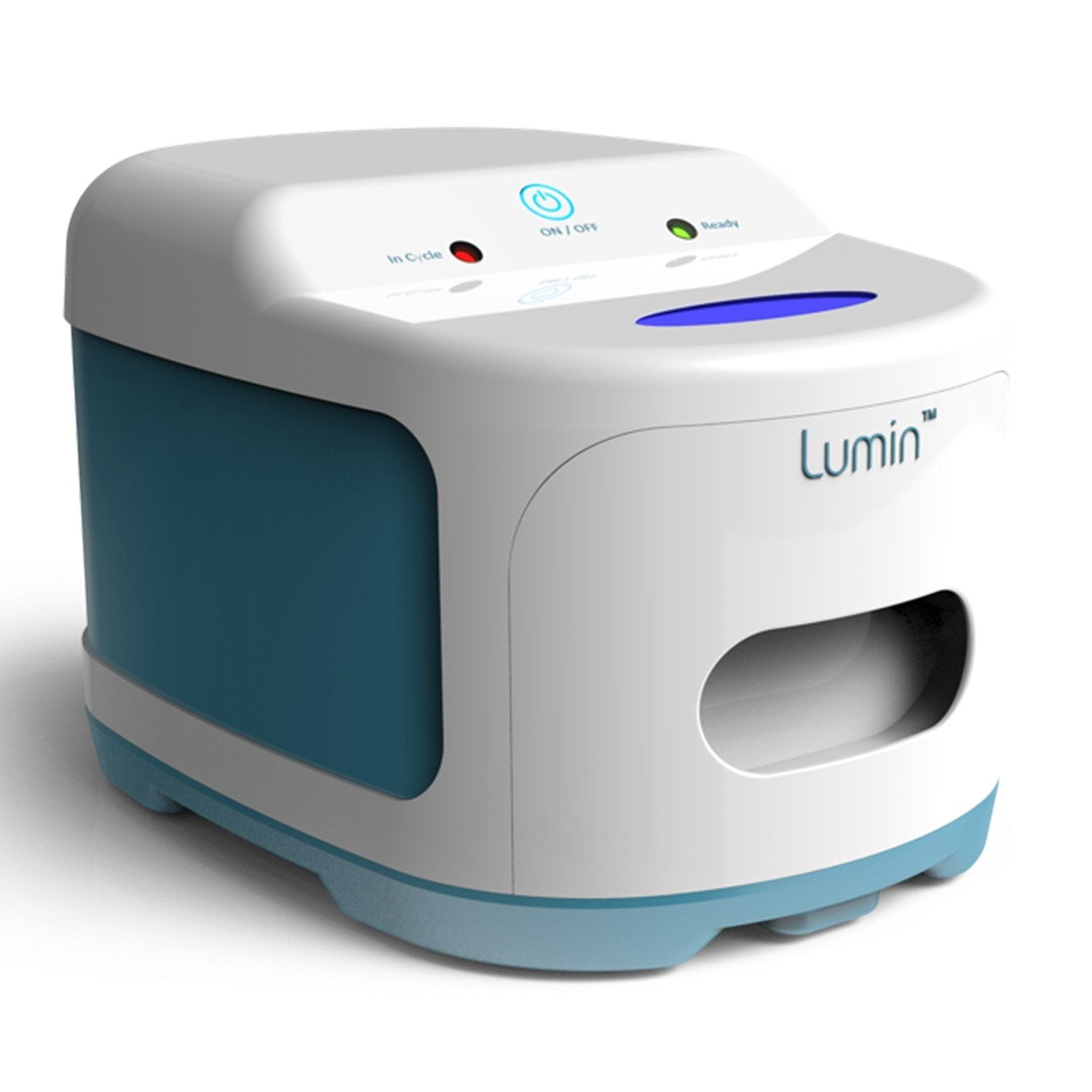
CPAP mask leaks and how to correct them
Share
Continuous Positive Airway Pressure (CPAP) therapy is a common treatment for sleep apnea, a disorder characterized by pauses in breathing during sleep. The therapy involves the use of a CPAP machine that delivers a constant stream of air through a mask worn over the nose or mouth. However, one of the most common problems encountered by CPAP users is mask leaks. In this blog, we will explore the causes of mask leaks and how to correct them.
Causes of CPAP Mask Leaks
Mask leaks can occur for several reasons, including:
-
Poor Fit: A poorly fitting mask is the most common cause of leaks. If the mask does not fit snugly against the face, air can escape, causing a leak.
-
Incorrect Mask Size: Using the wrong size mask can also lead to leaks. It is important to ensure that the mask size is correct for your face shape and size.
-
Mask Wear and Tear: Over time, masks can wear out and become less effective in preventing leaks.
-
Position of the Mask: If the mask is not positioned correctly on the face, it can cause leaks. This can happen if the headgear is too loose or if the mask is not centered over the nose and mouth.
-
Facial Hair: For people with facial hair, getting a good seal with a mask can be challenging. Facial hair can prevent the mask from fitting properly, causing leaks.
How to Correct CPAP Mask Leaks
If you are experiencing mask leaks, there are several steps you can take to correct the problem. These include:
-
Adjusting the Mask: If the mask is not fitting properly, try adjusting the headgear to achieve a better fit. Ensure that the mask is centered over your nose and mouth.
-
Replacing the Mask: If the mask is worn out, replace it with a new one. It is recommended to replace your mask every 3-6 months.
-
Trying a Different Size Mask: If the mask is too small or too big, try a different size. Your CPAP provider can help you find the right size mask.
-
Using Mask Liners: Mask liners can help create a better seal and prevent leaks. They are made of soft material and fit over the cushion of the mask.
-
Using a Chinstrap: For people with facial hair or who have difficulty getting a good seal with the mask, a chinstrap can help keep the mouth closed and prevent air from escaping.
-
Shaving Facial Hair: For people with facial hair, shaving the beard or mustache can help create a better seal with the mask.
Conclusion
Mask leaks can be a frustrating and uncomfortable experience for CPAP users. However, by addressing the underlying causes of the leaks and taking steps to correct them, you can improve your CPAP therapy experience. If you continue to experience mask leaks, contact your CPAP provider for additional support and guidance.




